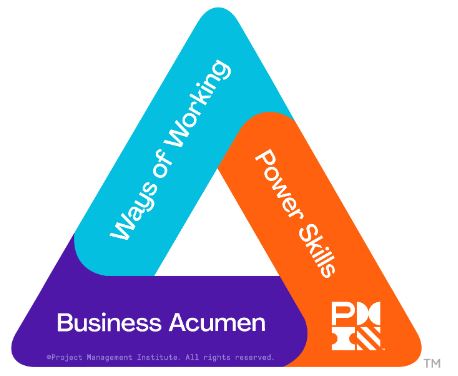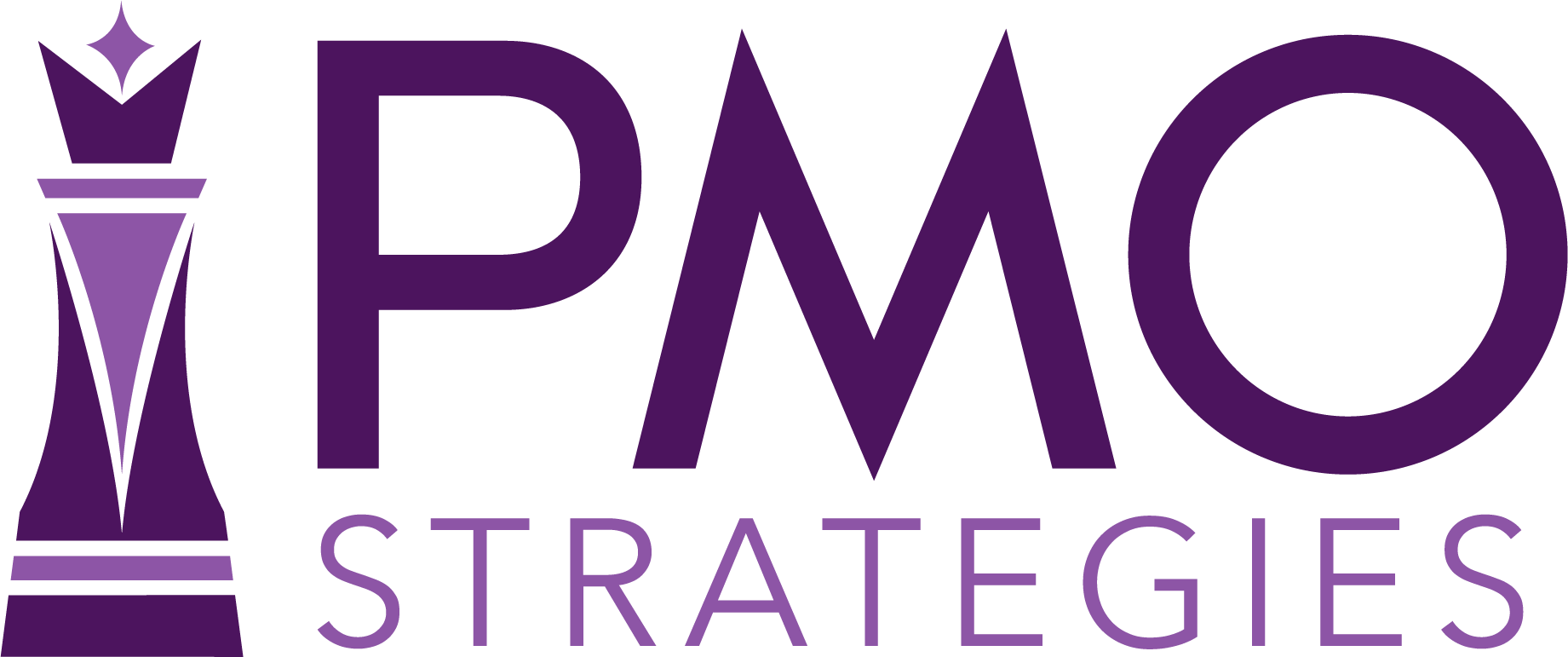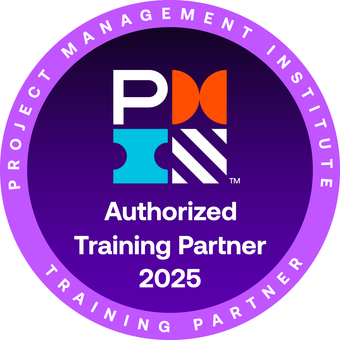Managing people is one thing, but
leading your team through change requires a completely different approach. When guiding people through transformative times, it’s not just about managing them differently. It’s about adapting your leadership style to meet them where they are on their journey. This is crucial for project managers, PMO leaders, and anyone in a transformation role who wants to deliver results while keeping their teams engaged and aligned.
In this week’s episode of the PMO Strategies Podcast, I’m joined by Beth May, a seasoned leadership expert with experience in mission-critical projects across the nonprofit and government sectors and the COO of our nonprofit, Project Management for Change. Together, we explore the importance of adaptive management styles and how to effectively lead your team through change.
Why Adaptive Management Styles Matter in Leading Change
You’ve likely heard that it’s essential to manage people based on their individual needs. But when it comes to leading people through change, it’s about much more than that. Adaptive management focuses on understanding where your team members are in the change process and adjusting your leadership style accordingly.
📌Why is this important?
In times of change, team members experience varying levels of comfort, engagement, and understanding. Some may be ready to dive in headfirst, while others need more direction and guidance. As a leader, your job is to adapt and guide your team through change in a way that feels supportive and constructive, not overwhelming.
Four Adaptive Management Styles for Leading Change
In the podcast, we dive into the four primary management styles you should consider when leading your team through change:
- Directing: This style works best when the change is new and uncertain. In this phase, people are often unsure of what’s happening, and they look to you for clear guidance and direction. You need to be decisive, setting the course and helping the team understand how you’ll reach success together.
- Collaborating: Once your team understands the change, you can move into a more collaborative role. This involves getting input and feedback from your team and working together to navigate the change. While you still guide the process, collaboration empowers your team to contribute to the solution.
- Empowering: When your team fully understands the change and has gained confidence, it’s time to empower them. Let them take ownership of the tasks and decisions, stepping back into a supportive role. In this phase, you provide oversight, but you trust your team to lead key aspects of the change process.
- Evolving: Finally, as your team becomes highly proficient and comfortable with the change, you can move into the evolving phase. At this point, your team operates with high levels of autonomy, and your leadership role becomes one of strategic support. This phase fosters innovation and allows the team to take the reins.
Applying Adaptive Management Styles in Real Life
Beth and I discuss how these adaptive management styles apply in a variety of project and transformation scenarios. From working with nonprofit teams to navigating large-scale government initiatives, adapting your management style is essential for leading your team successfully through the uncertainty of change. Whether you’re directing a new project with many unknowns or guiding a seasoned team through the next evolution of their work, understanding where your team stands and adapting your approach is the key to success.
We shares how each of these different leadership styles were employed on the journey of leading volunteer teams in our all-volunteer PMO we built to create and deliver our signature event, the Project Management Day of Service (PMDoS®). Each year, the teams needed a different management approach based on their level of experience, the complexity of the event, and external challenges like the pandemic. The success of this event over the past ten years has been driven by the ability to seamlessly shift between directing, collaborating, empowering, and evolving, allowing the team to thrive despite constantly changing conditions.
Key Takeaways from the Episode
✔️ It’s about more than just managing people differently: True leadership during change means adapting your style based on where your team is in the process.
✔️ Meet your team where they are: Whether your team needs clear direction or space to innovate, adjust your approach to what they need at that moment.
✔️ Shift between management styles: Successful leaders know how to move between directing, collaborating, empowering, and evolving based on the situation and team readiness.
Learn More in The IMPACT Engine Book
If you’re ready to dive deeper into these adaptive management styles,
I cover this framework in more detail in my book, The IMPACT Engine. You’ll find practical, step-by-step strategies for
leading through change, adapting your leadership style, and driving real business results. Order your copy of
The IMPACT Engine today to start mastering these techniques and transforming how you lead your team!
Final Thoughts on Adaptive Management
Leading your team through change is not a one-size-fits-all approach. Adaptive management allows you to meet your team where they are, guiding them through the ups and downs of change with confidence and clarity. As PMO and transformation leaders, this approach will not only help your team thrive but also ensure your organization successfully navigates change and achieves its goals.
🎧 Ready to learn more? Tune into the full episode by clicking play above.
Connect with Elizabeth May
T hanks for taking the time to check out the podcast!
hanks for taking the time to check out the podcast!
I welcome your feedback and insights!
I’d love to know what you think and if you love it, please leave a rating and review in your favorite podcast player. Please leave a comment below to share your thoughts. See you online!
Warmly,
Laura Barnard


 hanks for taking the time to check out the podcast!
hanks for taking the time to check out the podcast!








